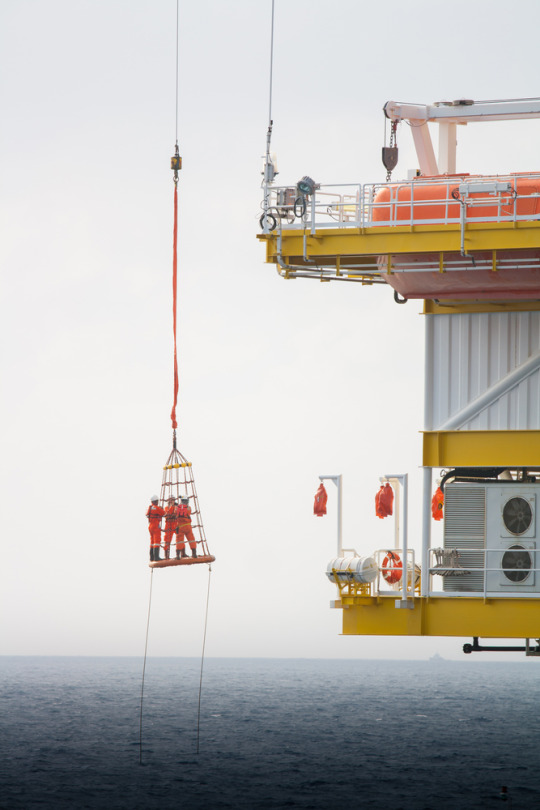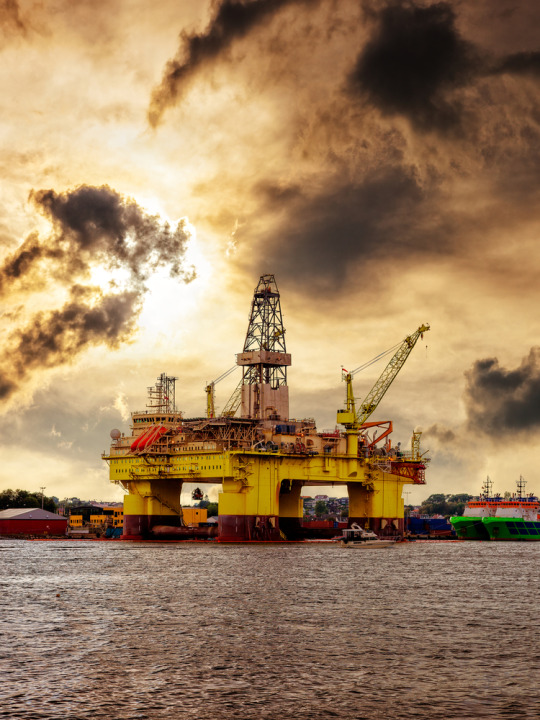By Tomas Kellner
![image]()
On July 4, 1776, 13 American colonies declared their independence from Great Britain and gave birth to the United States of America. A few centuries later, GE scientist Vincent Schaefer, who also happened to be born on the Fourth of July, worked hard on declaring America’s independence from the weather. Unlike the Founding Fathers, he did not succeed. But his ideas could still come handy someday.
Schaefer was part of a weather research team led by Nobel Prize winner Irving Langmuir and included atmospheric scientist Bernard Vonnegut, brother of the bestselling author Kurt Vonnegut Jr. In 1943, Schaefer made history when he started the world’s first artificial snowfall over Schenectady, N.Y.
Although this and other of the team’s feats have since slipped into oblivion, they were once considered so historic that in August 1950, Time magazine put Langmuir’s face on the cover over this caption: “Can man learn to control the atmosphere he lives in?” (Kurt Vonnegut immortalized a less helpful kind of ice science in his bestseller Cat’s Cradle.)
![image]()
Top image: Irving Langmuir (left), Vincent Schaefer (center), and Bernard Vonnegut are making snow in Schaefer’s cold box. Above: Researcher Willis Whitney (left) and Schaefer are making a cloud in a box. All images preserved by the Schenectady Museum of Innovation and Science
The research, which GE called “Project Cirrus,” grew out of the company’s study of icing that sometimes developed on aircraft wings and crippled planes during World War II. (GE is still involved in icing research, using the world’s most powerful supercomputers.) “The results of Project Cirrus’s five years of weather research will have a profound influence upon domestic and world economics,” said a 1952 summary of the scientific effort published in G-E Review, a GE magazine. “Making it rain, modifying thunderstorms and hurricanes, and clearing ground fogs near airports are some of the vital possibilities.”
![image]()
![image]()
Top: “Photomicrographs” of the snowflakes Schaefer created in his cold box. Above: Snow - the finished product.
There were several tools the team used to coax rain or snow out of the clouds. One of them, called “cloud seeding,” used droplets of water and other materials “supercooled” to minus 40 degree Celsius (-40 F) to condense air moisture into ice crystals inside a “cold box” - really a commercial freezer made by GE Appliances and anywhere.
Then one summer day in 1943, Schaefer gave himself a birthday present. “Finally, one July day when the temperature of the chamber was not low enough, he dropped a big piece of dry ice into to lower the temperature,” wrote the G-E Review. “In an instant, the air was full of ice crystals.”
![image]()
Schaefer (right) with members of his team is seeding with cold box with frozen carbon dioxide, a.k.a. dry ice.
Schaefer discovered that tiny grains of dry ice would transform the supercooled air inside the cold box and create many millions of ice crystals. In 1946, his colleague Bernard Vonnegut improved on the method and used silver iodide smoke, a substance whose crystals are very similar to ice, to start ice formation in cold air. The effect was so strong the team calculated “all the air of the United States could be nucleated at one time with a few pounds of silver iodide.” (It seems that Kurt passed on this data point as an idea for a book.)
![image]()
Making ice and snow sometimes involved fire. Bernard Vonnegut’s method called “rain by fire” used burning charcoal to create tiny silver iodide particles. (See description below.)
![image]()
![image]()
Schaefer (left) and Bernard Vonnegut (right) also used a pop gun to seed the cold box. Bernard Vonnegut’s brother, the novelist Kurt Vonnegut, was employed as a writer by GE at the time of snow research, and knew members of the Project Cirrus team. Langmuir even became the model for scientist Felix Hoenikker in his book Cat’s Cradle, who invents a material called ice-nine that’s stable at room temperature. The idea for the book, however, came from a different source. See here.
Schaefer and GE test pilot Curtis Talbot climbed into a small Fairchild plane and tested the discovery in the skies above the lab on November 13, 1943. “Curt flew into the cloud and I started the dispenser in operation,” Schaefer wrote in his lab notebook. “I dropped about three pounds (of dry ice) and then swung around and headed south. About the time I looked toward the rear, I was thrilled to see long streamers of snow falling from the base of the cloud through which we had just passed.”
![image]()
The first artificial snowfall fell from this cloud that drifted over Schenectady on November 13, 1943.
Project Cirrus really took off in 1947, when as many six Navy and Air Force planes were seeding clouds in places as far apart as New Mexico and Hawaii. One of the aircraft was a modified B-17 bomber whose glass nose bristled with instruments such as cloud meter, rain catcher, psychrometer for measuring humidity, and many others.
<</p>
![image]()
![image]()
Top: A team member is loading a modified B-17 bomber with dry ice for cloud seeding. Above: The nose of the plane bristled with special instruments. Schaefer stands in dark coveralls under it.
By then, the team had also figured out that many different substances could seed clouds, including common salt.
Langmuir reported that observations in Puerto Rico and Hawaii “indicate[d] that it should be frequently possible to induce heavy rainfall by introducing salt into the trade wind at the rate of about one ton in the form of fine dust particles of about 25 microns in diameter.”
![image]()
![image]()
Perhaps the most daring part of the project took place during the 1947 hurricane season in the skies off the coast of Florida and Alabama. On October 13, the team spotted a storm that “consisted of an eye of approximately 30 miles in diameter, surrounded by a thick wall of clouds extending from about 800 feet up into the cirrus overcast at 20,000 feet and sing some 30-50 miles thick,” according to an observer account.
The team loaded the modified B-17 seeding plane with dry ice and sent up another B-17 to record the operation and a larger B-29 bomber as the control aircraft with Schaefer on board. Although they steered clear of the eye of the storm, they dropped 80 pounds of dry ice along a 110-mile track circling the hurricane at 19,200 feet.
![image]()
![image]()
The team used a number of unique instruments to document their project. Top: Schaefer is tracking cloud movement. Above: The snow crystal recorder tracked the shape, size and frequency of falling ice crystals.
“No attempt was made to penetrate through the wall of the storm into the eye or to seed in or near the squall line, owing to the failure of the group’s homing aids (radio, compass, and visual flares),” the observer reported. “”It was thought that such an attempt, although desirable, would likely result in a separation of the aircraft, with subsequent abortion on the primary mission.”
Still, Schaefer, who was ensconced in the safety on the B-29, saw “many suitable clouds for seeding operations occur in this type of hurricane … Owing to the complex structure of this ‘old’ storm, it is believed that a ‘young’ hurricane would provide much more satisfactory data for estimating the effect of seeding operations.” Langmuir added: “The stakes are large … I think we should be able to abolish the evil effects of these hurricanes.”
![image]()
The team also studied and recorder the dynamics of falling raindrops.
Despite the results, size of the stakes and Langmuir’s face on the cover of Time, Project Cirrus ran out of government funding in 1952. Still, the team suggested that research could help fight drought and ground fog, prevent hail, and modify thunderstorms. “So many other research projects had been stimulated that the continued progress in the search for new and basic knowledge of weather phenomena seems assured,” wrote the G-E Review.
But funding was just one obstacle. The country didn’t have (and still doesn’t) laws that would govern “artificial weather modification.”
After Project Cirrus ended, Schaefer and Bernard Vonnegut moved on to new positions outside GE, and continued to study weather. They ultimately reunited at the University of Albany’s Atmospheric Sciences Research Center.
Given that California is drying up and Texas, which had suffered from a multi-year drought, recently got all that missing rain in just a few short weeks and went through flooding on a Biblical scale, maybe it’s time to look into Schaefer’s research again.



























































































































